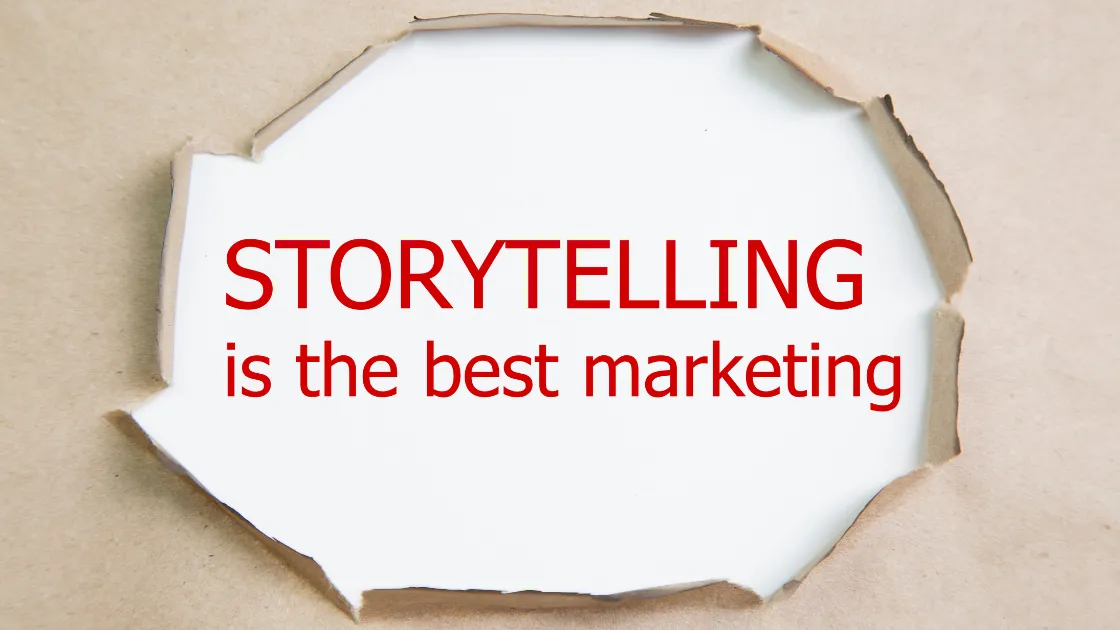
In today’s fast-paced digital landscape, people are overwhelmed with content — ads, promotions, pop-ups, and posts coming from every direction. So, how can a brand truly stand out? The answer lies in storytelling.
Storytelling is one of the most powerful tools in digital marketing. It’s not just about selling a product or service — it’s about creating an emotional connection that makes your audience feel understood, inspired, or moved to take action.
Why Storytelling Works
Humans are naturally wired for stories. Long before modern media, we used storytelling to share knowledge, culture, and values. Even today, our brains are more engaged when we hear a story compared to facts or statistics alone.
When used correctly in digital marketing, storytelling:
- Builds emotional connections with your audience
- Makes your message memorable
- Helps build trust and authenticity
- Differentiates your brand from competitors
Key Elements of a Powerful Marketing Story
A good story in digital marketing typically follows a simple structure:
- The Character – This could be your customer or even your brand itself.
- The Problem – What challenge or pain point are they facing?
- The Journey – How did they try to overcome it?
- The Solution – How your product/service helped.
- The Outcome – What success did they achieve?
This structure keeps your audience engaged and clearly highlights the value of your offering in a relatable way.
Examples of Storytelling in Digital Marketing
- Customer Success Stories
Case studies or testimonials that show how real people overcame challenges using your product or service. - Brand Origin Stories
Sharing how your business started, the challenges you faced, and what motivates you builds authenticity. - Social Media Narratives
Platforms like Instagram and LinkedIn allow you to create ongoing stories about your team, behind-the-scenes processes, or community involvement. - Video Storytelling
Short videos that show transformation, brand mission, or even emotional customer moments can leave a lasting impact.
Tips for Using Storytelling Effectively
- Be authentic – Avoid exaggeration. Real stories resonate more deeply.
- Know your audience – Tailor your story to what your audience values or struggles with.
- Use emotion – Inspire, relate, or motivate your audience.
- Keep it simple – Don’t overcomplicate the message. The clearer, the better.
- Include a call to action – Guide your audience on what to do next after hearing the story.
The Impact of Storytelling
Brands that use storytelling effectively see:
- Higher engagement on content
- Stronger brand recall
- Increased customer loyalty
- More conversions through emotional influence
Companies like Apple, Nike, and Airbnb use storytelling in almost every campaign — not just selling features but selling ideas, values, and emotions.
Conclusion
Storytelling is more than just a marketing tactic — it’s a strategy that brings your brand to life. By crafting compelling, relatable, and emotional stories, you can turn your audience into loyal followers, not just customers. In a world full of noise, storytelling helps your brand speak directly to the heart.


